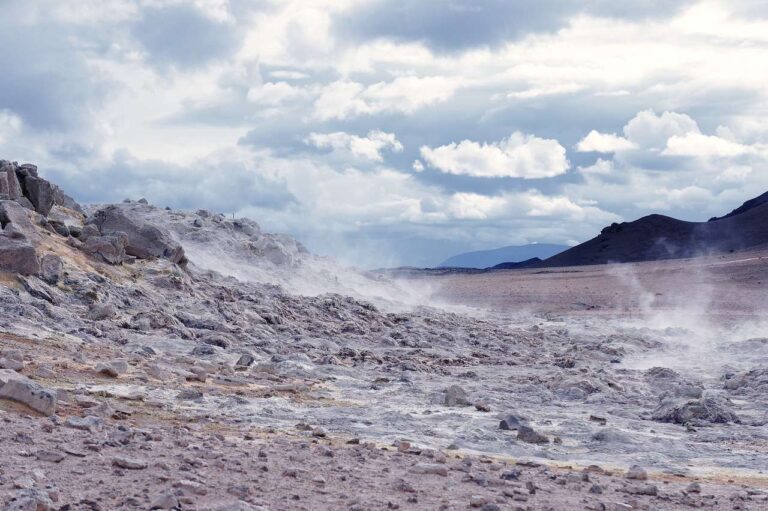Renewable energies are those derived from natural sources, which are replenished faster than they can be consumed. When we talk about this type of energy, we always think of solar energy, which comes from the sun; wind energy, which is obtained from the wind; and hydroelectric energy, which transforms the force of water into electrical energy. However, there are other renewable energies less well known. Such is the case of geothermal energy, which uses heat flowing from the Earth's interior to the surface.
Heat is extracted from geothermal reservoirs, through wells or other means. Deposits with these sufficiently high temperatures and naturally permeable are called hydrothermal deposits. Reservoirs that have sufficient heat, but use hydraulic stimulation means, are called enhanced geothermal systems. Once at the surface, fluids at various temperatures can be used to generate electricity.
Studies and major investments
Expert engineers point out that investment costs for the generation of geothermal energy are high, since seismic studies and exploratory drilling must be carried out to establish the characteristics of the reservoir.
According to the 2017 publication. "Comparative Analysis of Strategies for Mitigating the Risk Associated with Geothermal Resources - Global Study" According to the World Bank's Energy Sector Management Assistance Program (ESMAP), the initial cost of exploring and drilling three to five geothermal wells is between US$20 million and US$30 million and the process takes two to three years.
Despite the high investment costs, geothermal energy offers important benefits. It is a stable energy, which does not depend on climatic or time conditions: it works 24 hours a day. It can also be extracted without burning a fossil fuel such as coal, oil or gas.
Geothermal energy in Latin America
The geological characteristics of Latin America give the territory an enormous geothermal potential, however, due to the issue of costs discussed above, its potential is still not being sufficiently tapped.
However, there are successful experiences, such as the case of Mexico, which is among the six nations with the largest installed capacity to generate geothermal energy in the world. Or El Salvador, which is in the midst of a geothermal expansion plan with the construction of two new plants.



